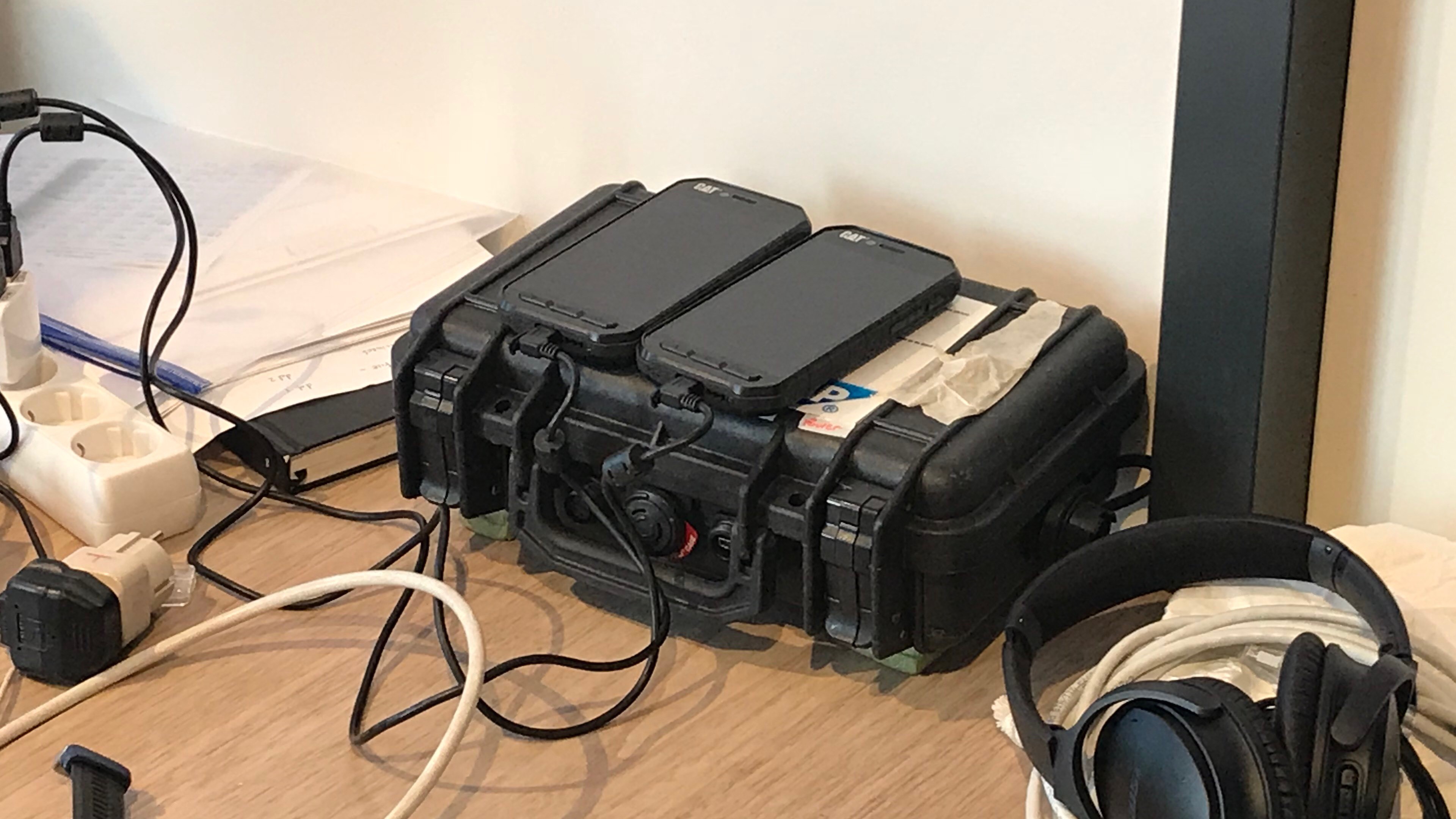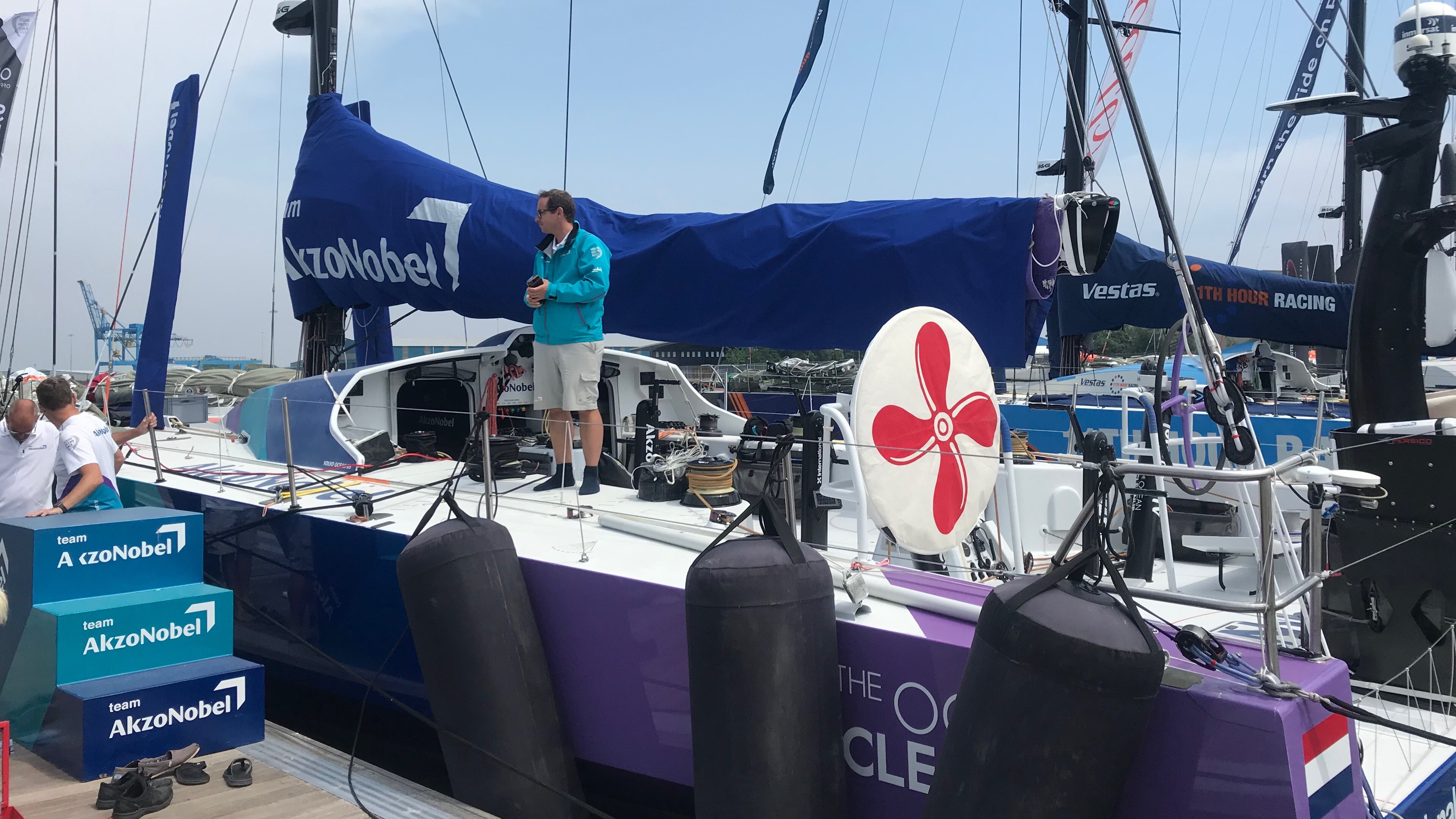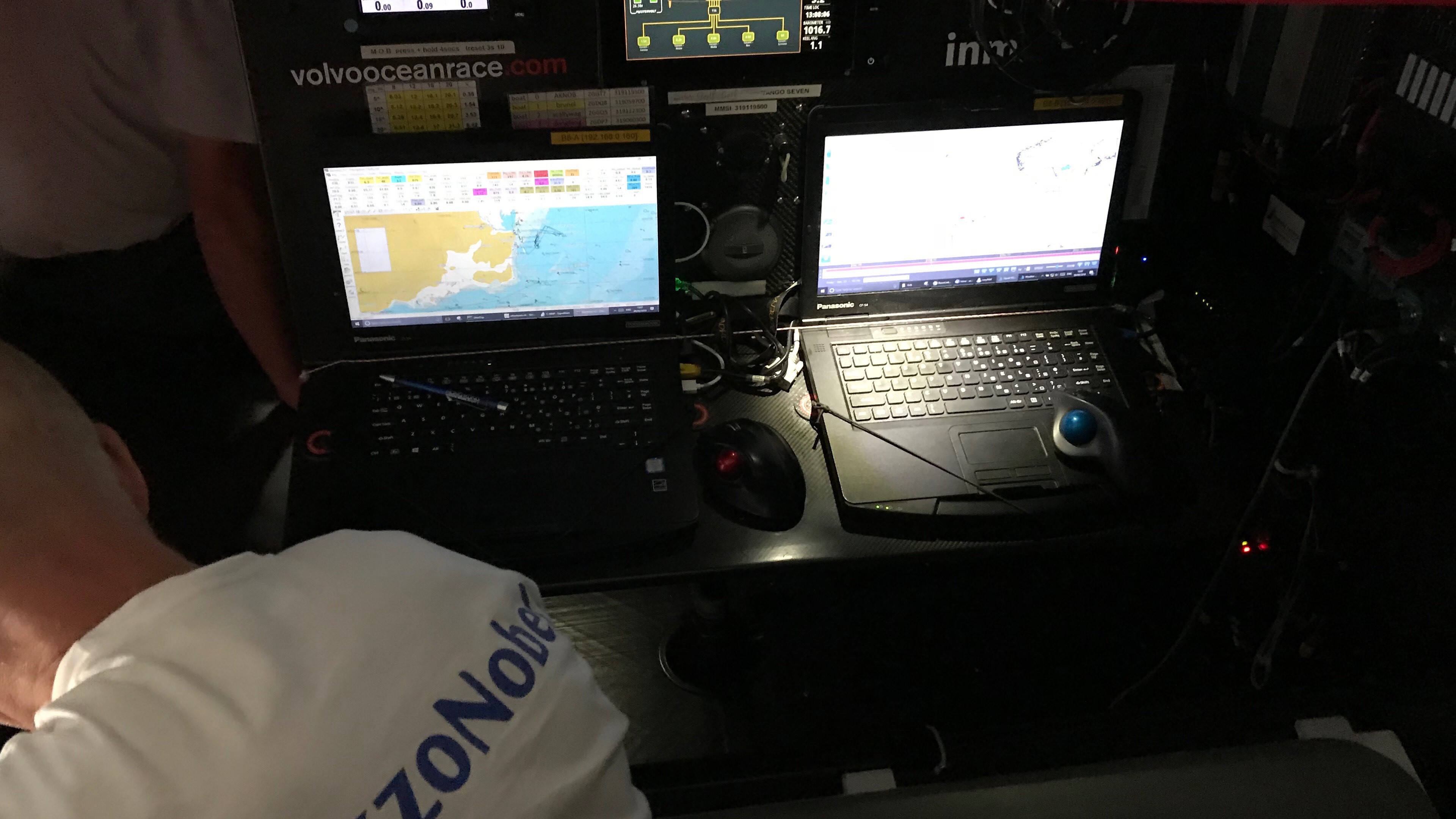How biometric technology helps sailors go around the world in the Volvo Ocean Race
If the America’s Cup is the Formula One of sailing, then the Volvo Ocean Race must be the sport’s equivalent of the marathon. Held every three years, the race is a gruelling round-the-world epic comprising 45,000 nautical miles, staged across ten legs.
The 2017-18 edition started in Alicante, Spain in October and will finish in The Hauge, Netherlands on 30 June, taking in another ten cities on six continents in the process. In total, sailors will spend as many as 118 days sailing, up to 21 days at a time.
Whereas the America’s Cup is as much about boat design as it is about sailing, all seven teams in the Volvo Ocean race use the same vessel – The Volvo Ocean 65 – using the same equipment. This means the only way to gain an advantage is to be better sailors.
Team AkzoNobel
Dutch team AkzoNobel is competing in its first race and one of its main priorities, besides assembling an expert crew, was to see how technology could help its sailors maximise their ability.
“The yachts are identical which means the only difference is the crew – their skill and strategic decision making,” Ryan West, who looks after technology on board, explains to TechRadar. “The conditions these guys work in are horrendous.
“The sailors’ entire lives are contained by keeping the boat safe and going as fast as they can … the fleet is super tight so were looking for any gains. So we wanted to see if we could use crew biometrics offshore.”
Each sailor is active for four hours before taking a four-hour break to sleep and eat. Conditions are harsh, with huge waves, snow and extreme heat among the challenges to overcome. AkzoNobel wanted to see how health data could help them optimise these schedules and monitor the tiredness and fatigue of the crew.
It worked with SAP to see how this could be done. The two main obstacles for the team were that any technology could not interfere with sailing and that race rules forbid the use of Internet-powered aids.
This meant any system had to be easy to use and cope with harsh conditions. A lot of research was conducted into the type of device that should be used, with the team settling on a Garmin wearable because it couldn’t tear any clothing and had a 5-6-day battery life meaning it wasn’t an imposition to keep charged.
The wearable collects data such as sleep, heart rate and nutrition and automatically connects to a Raspberry Pi-based unit running SAP Leonardo’s IoT platform and an Android device (not connected to the Internet of course).

Analytical capabilities
This use of edge computing means that data can be acted upon offshore and have an immediate impact. Great focus has been placed on presenting each sailor’s data to them in an intuitive way so they take an interest and can make changes that boost performance.
“The more information they have, the better decisions they can make,” says West.
On-shore, this data is analysed using SAP’s HANA analytics platform and paired with ship data such as positioning, sea temperature, wind speed and wave height to see if there are any patterns. For example, one sailor might not sleep at all during particular conditions, or when sailing within a particular time zone.
This means team management can more effectively allocate shifts and reduce fatigue.
“We’re not looking for big changes,” continues West, explaining that a one percent gain over 118 days at sea can be significant. “Sleep is one of the things we feel we can affect more. We’re never going to give them ten hours [but can help].”

Athlete view
Watch Captain Chris Nicholson is a six-time veteran of the race, having previously represented Australia at Olympic Games and World Championships. He is extremely receptive to the system, believing it can help get the most out of the team.
“I’ve always wanted to know [about his fitness data] but we’ve never had a way of doing it,” he tells TechRadar. “As soon as you go offshore there’s no data and I’ve been frustrated for 16 years that we’ve not tracked the sports science aspect of sailing enough.”
He says that previously, sailors would have to write their sleep patterns and nutritional intake in a paper log. Not only was this time-consuming and a chore, it was also inaccurate.
“We used to write in it that we slept for an hour and a half or something,” he recalls. “Now [This data] shows I don’t sleep well during the middle of the afternoon.”
He adds that if his team has the wind, he will keep pushing, often ignoring his allocated rest break. However the data could eventually prove that if he does this too often, he may be too fatigued later on in the race, thus negating any potential advantage.
The team will also be able to see if the optimum route for the boat is too physically demanding and therefore it might be best to take an alternative route in order to save the crew’s strength.
Nicholson’s hope is that in the future, the app will integrate with data from the team’s doctor and physiotherapists to become even more effective.
But given that the Volvo Ocean Race is meant to be a test of sailing ability, does Nicholson not fear that technology distorts the spirit of the competition? In short, no – so long as the boats don’t start sailing themselves.
“The same analogy would be if you take protein powder or go the gym or not,” he argues. “It’s a big area of gain and I think it’s an area that should be explored. All the benefits go to the wider sailing industry. We could make the boats autonomous, but that would detract from the experience.”

Future biometrics
Although AkzoNobel claim the tool has been effective this time round, the truth is that the analytical capability will be more effective in the next staging of the race. This is because the team will have a dataset for the entire race and a historical precedent to base future learnings on.
“Just the fact we have data on how many calories are burned in the Southern Ocean is massive,” says Ryan.
AkzoNobel has been open and transparent about its use of analytics from the outset, keen to ensure that no rules are broken. This means that any other team could have employed a similar system but chose not to do so.
“it’s a huge investment in time and effort,” says West, adding that even if a team opted to include biometrics for the next race, AkzoNobel would still have the advantage of a historical data set.
Ryan and Nicholson are speaking in Cardiff ahead of the two final stages of the race. The next stopover is in Gothenburg, before the race concludes in the Netherlands at the end of the month.
The final leg is “only” five days, leading to suggestions from some of the team that they ignore the shift pattern altogether.
“Our guys are saying they’re not going to sleep… but it’s still five days!” laughs Nicholson. “After three days without sleep you’ll go crazy.”
Contributer : Techradar - All the latest technology news https://ift.tt/2t3jKYV

 Reviewed by mimisabreena
on
Sunday, June 17, 2018
Rating:
Reviewed by mimisabreena
on
Sunday, June 17, 2018
Rating:














No comments:
Post a Comment